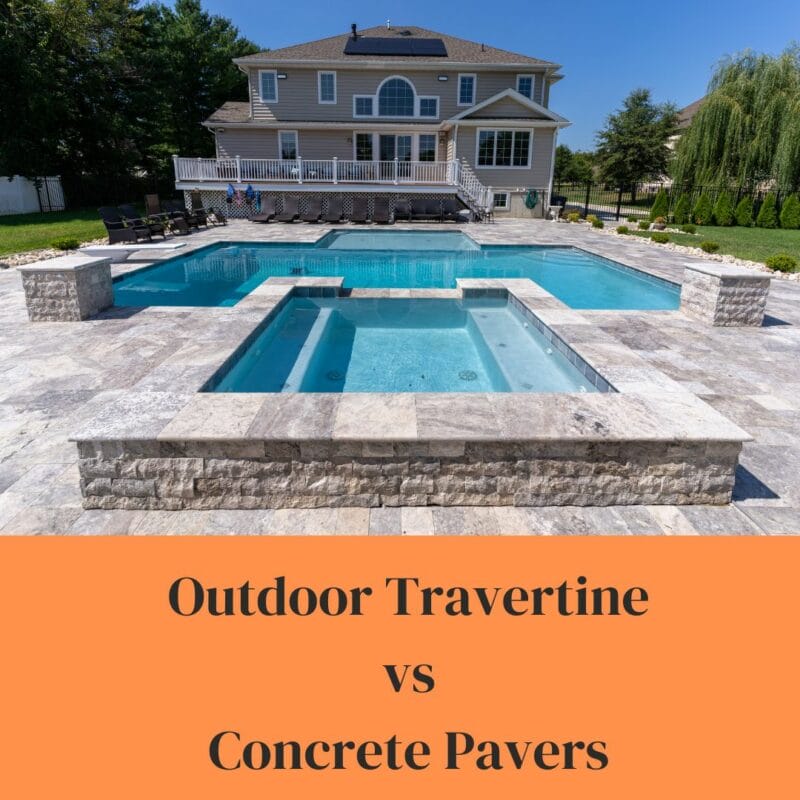Introduction:
Planning an outdoor project can be an exciting yet daunting task. One of the most important decisions you need to make is choosing the right paving material. While there are various options available, two of the most popular ones are travertine and concrete pavers. Travertine vs. Concrete Pavers: Which One Should You Choose for Your Outdoor Project? Both materials have their advantages and disadvantages, and choosing the right one for your project can be challenging. In this article, we will discuss the differences between travertine and concrete pavers, and help you make an informed decision for your outdoor project.
Travertine vs. Concrete Pavers: Which One Should You Choose for Your Outdoor Project?
When it comes to outdoor projects, both travertine and concrete pavers have their advantages and disadvantages. Here’s a detailed comparison to help you make the right choice. Travertine vs. Concrete Pavers:
Durability:
- A natural stone, travertine is more durable than concrete pavers
- Can last for decades with proper care and maintenance
- Resistant to extreme weather conditions and freeze-thaw cycles
- Can withstand heavy foot traffic and vehicle loads
Concrete pavers:
- Concrete pavers are durable but not as long-lasting as travertine
- They may crack or chip under heavy loads or extreme weather conditions
- Need to be resealed every few years to maintain durability
Appearance:
Travertine:

- Travertine has a unique and elegant appearance, with natural variations in color and texture
- Comes in various hues and patterns, which can give your outdoor space a distinct look
- Will give your outdoor space a high-end look
Concrete pavers:

- Concrete pavers have a uniform appearance
- Available in different colors and shapes, but they lack the natural variations of travertine
- Can be used to create various patterns and designs
Cost:
Travertine:

- Travertine is more expensive than concrete pavers
- Prices can vary depending on the quality and rarity of the stone
- Additional costs may include sealing, installation, and maintenance
Concrete pavers:

- Concrete pavers are less expensive than travertine
- Available in different price ranges, depending on the quality and design
- Installation and maintenance costs are also lower than travertine
Installation:
Travertine:

- Travertine is heavy and requires professional installation
- The installation process can be time-consuming and costly
- Requires a stable base and precise placement to ensure durability
Concrete pavers:

- Concrete pavers are relatively easy to install
- They are lighter than travertine, making them easier to handle and install
- DIY installation is possible, but professional installation is recommended for best results
Maintenance:
Travertine:

- Requires periodic sealing to maintain durability and prevent staining
- Can be easily scratched or chipped, and may require repairs
- Regular cleaning and maintenance is required to keep it looking new
Concrete pavers:

- Low-maintenance compared to travertine
- Only require occasional cleaning to maintain appearance
- May need to be resealed every few years to prevent fading and staining
FAQs:
Q. Which material is better for a pool deck: travertine or concrete pavers?
A. Travertine is a better option for a pool deck, as it is slip-resistant and cooler to the touch than concrete pavers.
Q. Can I install travertine or concrete pavers on my own?
A. While DIY installation is possible, professional installation is recommended for best

